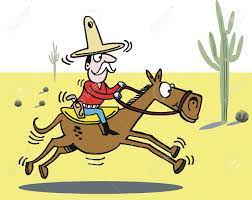A student writes: "In Haydn Sonata Hob. XVI:23 in F major, measure 25, I have trouble starting from 3, through 4 to 5 and back. It just ruins my hand and makes it completely weak. I can play from 5 to 1 easily. I can play from 1 to 5 easily."
 |
| MM 24-25 |
My response: The issue you raise in m. 25 of the Haydn is common to many players. Coincidentally, this type of issue is the first I discussed with Mrs. Taubman when I met her. If you choose to begin the passage with 3 on the E, it's necessary to shape the passage in order to accommodate the shorter finger, the 5. If you keep your hand at the same height as finger 3, finger 5 will feel too short, like a child sitting in a large chair in which her feet don't reach the floor.
This can be accomplished in two ways:
(1) After 3, feel a slight under shape to 5 (notes moving in the same direction upward in the right hand often take an under shape). Then from 5, which is the lowest point, begin an over shape on the way down. This helps power 4.
(2) From 3, which will be the highest point, gradually lower the forearm (very slightly) to 5, and back up again on the way to 3.
Having said all of that, I use a different fingering. Try this:
 |
| MM 24-25 |
"A secondary question I have is about the bench. I've been messing around with the height, and I can't tell if I'm too high or too low."
I usually recommend that the player sit with the elbow no lower than the key bed, ideally just above the key bed, which gives the forearm a slight downward angle into the keys. Take care that your hand and arm are aligned, that is, the wrist is rather like a bridge between hand and forearm, level, though not rigid.











